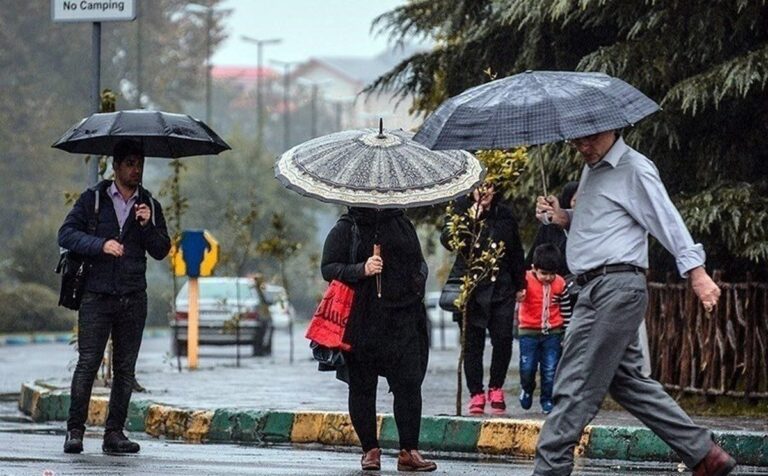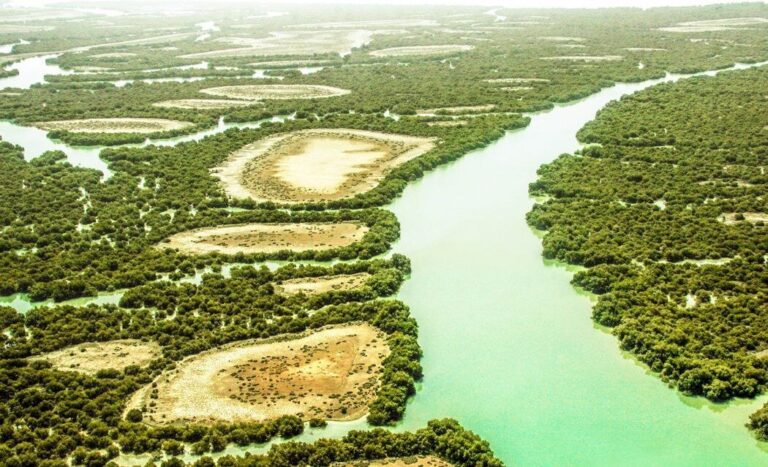
Similar Posts

Unpredictable Weather Ahead: Below-Average Precipitation Expected This Month!
As early spring approaches, Iran’s weather forecast predicts mixed rainfall patterns and temperature changes. From March 10 to April 4, rainfall is expected to be below normal, with temperatures varying regionally. The central regions will experience below-normal temperatures, while the northwest will see above-normal warmth. The forecast indicates less than normal precipitation across most areas in the following weeks, with temperatures in the northern half rising 3 to 6 °C above normal. Despite a 19% increase in rainfall over the past year, Iran continues to face challenges from previous droughts and ongoing water shortages.

New Funding Boost: Special Budget Set Aside for Rare and Challenging Diseases
The Iranian government has allocated 120 billion rials (approximately $144,000) to enhance healthcare access for rare diseases, which affect over 300 million people globally. The Salamat Health Insurance Organization, in partnership with the Ministry of Health, established the Rare Disease Foundation to reduce out-of-pocket costs and promote health equity. Currently, it covers 130 rare diseases, benefiting over 2.5 million patients. The foundation focuses heavily on cancer treatments, which consume about 70% of its budget. Celebrated on May 8, World Thalassemia Day raises awareness of thalassemia, which affects over 19,000 patients in Iran, highlighting the need for comprehensive care.

Urgent Alert: Researchers Highlight Critical Threat of Mangrove Loss in the Persian Gulf
Recent research from the National Institute of Oceanography highlights the severe threats facing mangrove ecosystems in the northern Persian Gulf, particularly in Dayyer City, Iran. These vital ecosystems, mainly composed of Avicenna marina, provide essential benefits such as habitat creation, soil stabilization, carbon sequestration, and flood mitigation. However, satellite imagery reveals significant degradation, with mangrove coverage decreasing from 3.2 hectares in 2015 to 1.7 hectares by 2022, primarily due to construction disrupting freshwater flow. The study calls for urgent conservation strategies to combat anthropogenic pressures and climate change impacts, emphasizing the need for ongoing monitoring to preserve these crucial environments.

Generous Benefactors Champion Justice: 11,400 Involuntary Prisoners Freed!
In Iran, a humanitarian initiative has led to the release of over 11,380 prisoners convicted of unintentional crimes over the past year, marking a 22% increase from the previous year. Among the released were 682 women and 10,698 men, primarily incarcerated for financial debts totaling over 270 trillion rials. Major provinces contributing to these releases include Tehran, Fars, and Khorasan Razavi. The approach to freeing these inmates involves granting leave, providing loans, and benefactors paying off debts. This effort not only supports individual rehabilitation but also addresses the broader social issues linked to financial hardship, promoting a more compassionate society.

Tehran Set to Host Inaugural National Seminar on Knowledge-Based Ecosystems: Shaping the Future of Innovation
The national seminar titled “The Knowledge-Based Iran” on March 1 in Tehran will focus on Iran’s growing knowledge-based ecosystem, highlighting its achievements, challenges, and opportunities. Supported by the vice presidency for science and technology, the event aims to foster collaboration among policymakers, researchers, and industry experts, recognizing top-performing companies. The sector has seen over 200% growth in company numbers within a year, now totaling 10,000, with a market value of approximately $2 billion. The seminar offers a platform for networking and strategizing, enhancing support for continued success and innovation in Iran’s knowledge-based companies.
